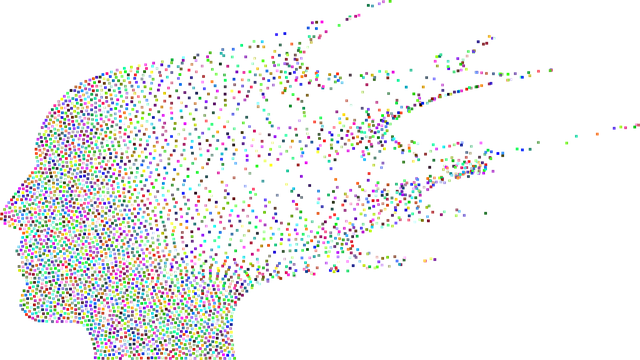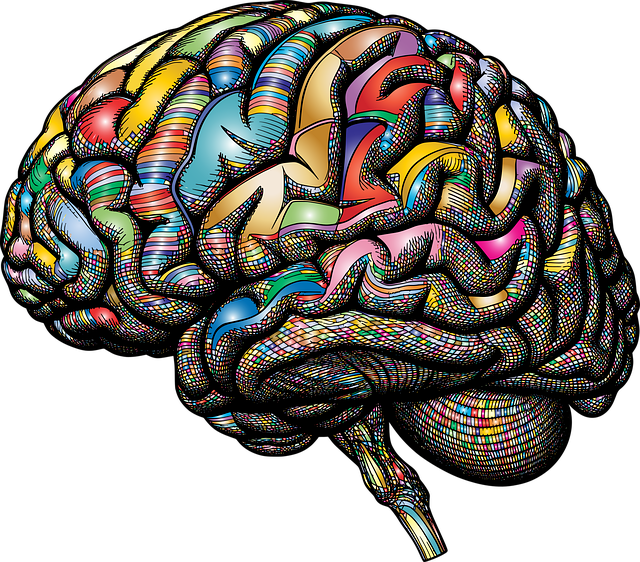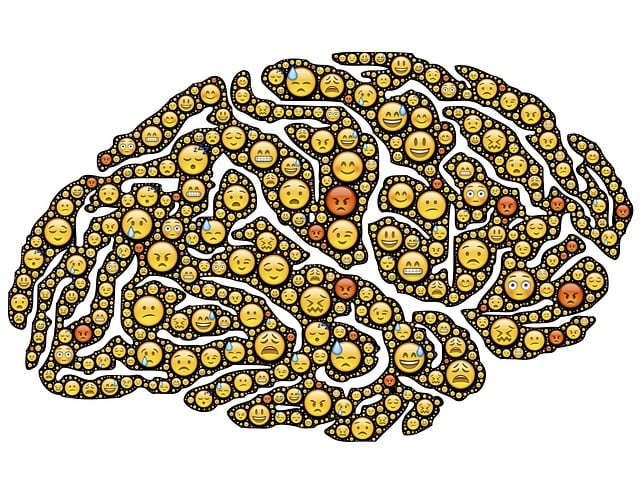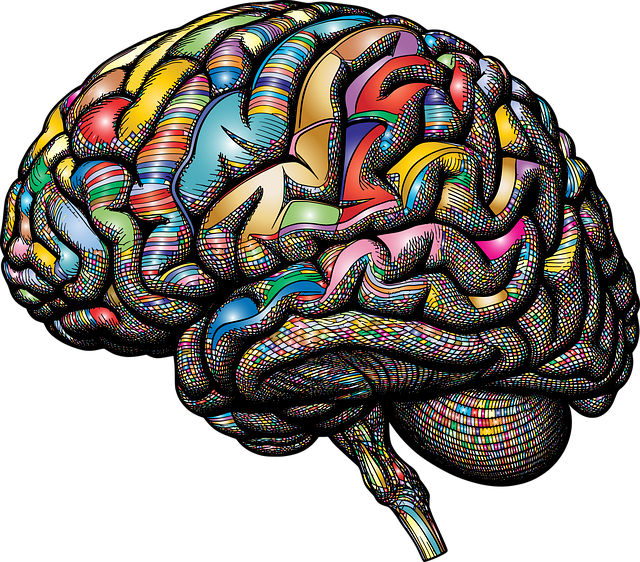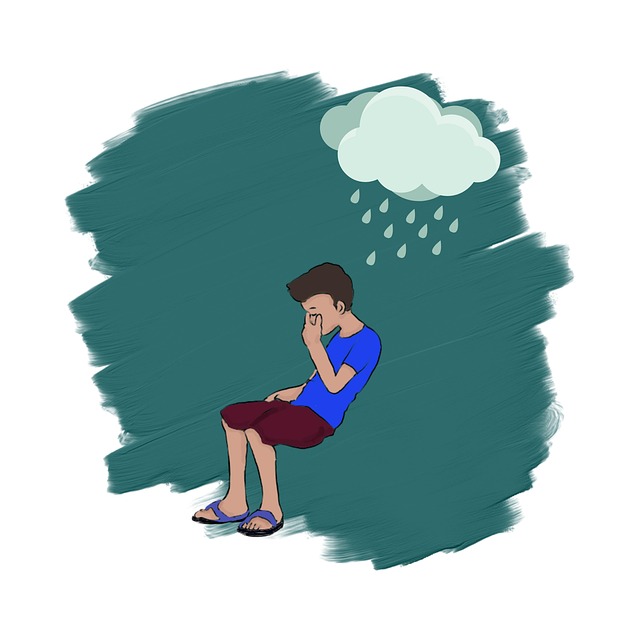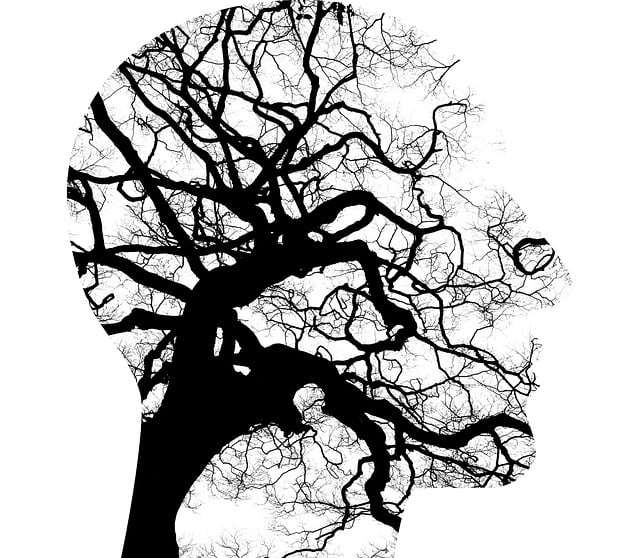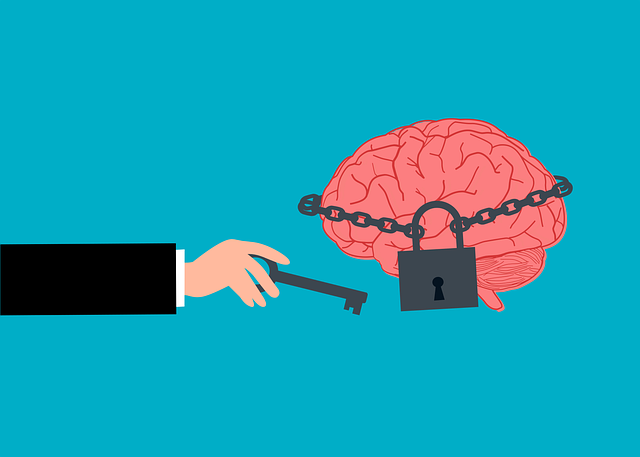Greenwood Village Codependency Therapy offers a comprehensive approach to managing anxiety by addressing both psychological and interpersonal factors. They utilize Cognitive Behavioral Techniques (CBT) to identify and shift negative thought patterns, along with lifestyle changes like regular exercise, balanced diet, and mindfulness meditation. The program provides tools for crisis intervention, self-care routines, and group support, empowering individuals to lead fulfilling lives with reduced anxiety symptoms.
Anxiety is a common struggle, but managing it effectively can lead to a calmer, more fulfilling life. This comprehensive guide explores various techniques to combat anxiety, from understanding its symptoms and triggers to holistic approaches like Greenwood Village Codependency Therapy. We delve into cognitive behavioral techniques proven successful against anxiety disorders, and highlight lifestyle changes and self-care practices that can significantly reduce anxiety levels.
- Understanding Anxiety: Recognizing the Symptoms and Triggers
- Greenwood Village Codependency Therapy: A Holistic Approach to Managing Anxiety
- Cognitive Behavioral Techniques for Overcoming Anxiety Disorders
- Lifestyle Changes and Self-Care Practices for Reduced Anxiety Levels
Understanding Anxiety: Recognizing the Symptoms and Triggers

Anxiety is a natural response to stress, but when it becomes overwhelming and persistent, it can significantly impact daily life. Understanding anxiety involves recognizing its various symptoms, which range from physical sensations like rapid heartbeat and breathing issues to emotional signs such as excessive worry, restlessness, and irritability. Identifying triggers is crucial in managing anxiety effectively. Triggers can be stressful situations, specific environments, or even memories that activate the body’s ‘fight or flight’ response, leading to anxious episodes.
For individuals seeking support, Greenwood Village Codependency Therapy offers valuable tools to navigate these challenges. By learning self-care practices and cultivating inner strength, one can develop resilience against anxiety. Additionally, healthcare providers, who often face high-stress environments, can benefit from burnout prevention strategies that integrate mindfulness and stress management techniques into their routines.
Greenwood Village Codependency Therapy: A Holistic Approach to Managing Anxiety

Greenwood Village Codependency Therapy offers a holistic approach to managing anxiety, addressing both the psychological and interpersonal aspects that contribute to this common mental health challenge. This innovative therapy recognizes that anxiety often stems from complex dynamics within relationships and seeks to unravel these tangled threads. By focusing on codependency, individuals can gain insights into their patterns of interaction and learn healthier ways of communicating and connecting with others.
Through a combination of individual counseling sessions and group support, Greenwood Village Codependency Therapy provides a safe space for emotional exploration. Crisis Intervention Guidance is seamlessly integrated to offer immediate assistance during moments of heightened anxiety or distress. Additionally, the program incorporates Emotional Well-being Promotion Techniques tailored to equip individuals with practical tools to manage stress and cultivate resilience. With a comprehensive approach that raises Mental Health Awareness, this therapy empowers participants to take charge of their mental well-being and lead fulfilling lives.
Cognitive Behavioral Techniques for Overcoming Anxiety Disorders

Cognitive Behavioral Techniques (CBT) offer a structured approach to overcoming anxiety disorders and are widely recognized as an effective form of therapy, often utilized by professionals at Greenwood Village Codependency Therapy. CBT focuses on identifying and modifying negative thought patterns that contribute to anxious behaviors. By challenging these thoughts and replacing them with more realistic and positive ones, individuals can learn to manage their anxiety effectively. This process involves a collaborative partnership between the therapist and the client, where they work together to understand the roots of anxiety and develop personalized strategies for coping.
One key aspect of CBT is teaching clients various conflict resolution techniques to address internalized arguments and fears. Additionally, risk management planning is integrated into therapy, helping individuals anticipate and prepare for potential triggers or stressful situations. Encouraging patients to establish a consistent self-care routine for better mental health is another vital component, ensuring that daily practices support overall well-being and reduce anxiety symptoms over time.
Lifestyle Changes and Self-Care Practices for Reduced Anxiety Levels

Anxiety management starts with adopting healthier lifestyle changes and self-care practices. Regular exercise, a balanced diet, and sufficient sleep play significant roles in promoting emotional well-being promotion techniques. Physical activity helps reduce stress hormones, improves mood, and increases overall energy levels, making it an effective tool against anxiety. Incorporating mindfulness meditation into daily routines can also be immensely beneficial; this practice encourages individuals to focus on the present moment, calming the mind and reducing anxious thoughts.
Greenwood Village codependency therapy emphasizes the importance of self-care as a fundamental aspect of healing. By prioritizing personal needs and boundaries, individuals can foster better mental health. This includes engaging in activities that bring joy, practicing good hygiene, and seeking social support from trusted friends or family members. Crisis intervention guidance is also crucial, offering strategies to manage intense anxiety symptoms during stressful situations. Through these lifestyle changes, one can create a more balanced and peaceful existence, leading to lower anxiety levels and improved overall well-being.
Anxiety management is a holistic journey, and with the right tools, individuals can effectively navigate and overcome their fears. From understanding anxiety’s intricacies to adopting cognitive behavioral techniques and lifestyle changes, this comprehensive guide has equipped readers with valuable insights. Furthermore, exploring innovative approaches like Greenwood Village Codependency Therapy offers a unique perspective on healing. By combining these strategies, one can foster resilience and achieve lasting calm, allowing them to live more fulfilling lives free from anxiety’s grasp.
